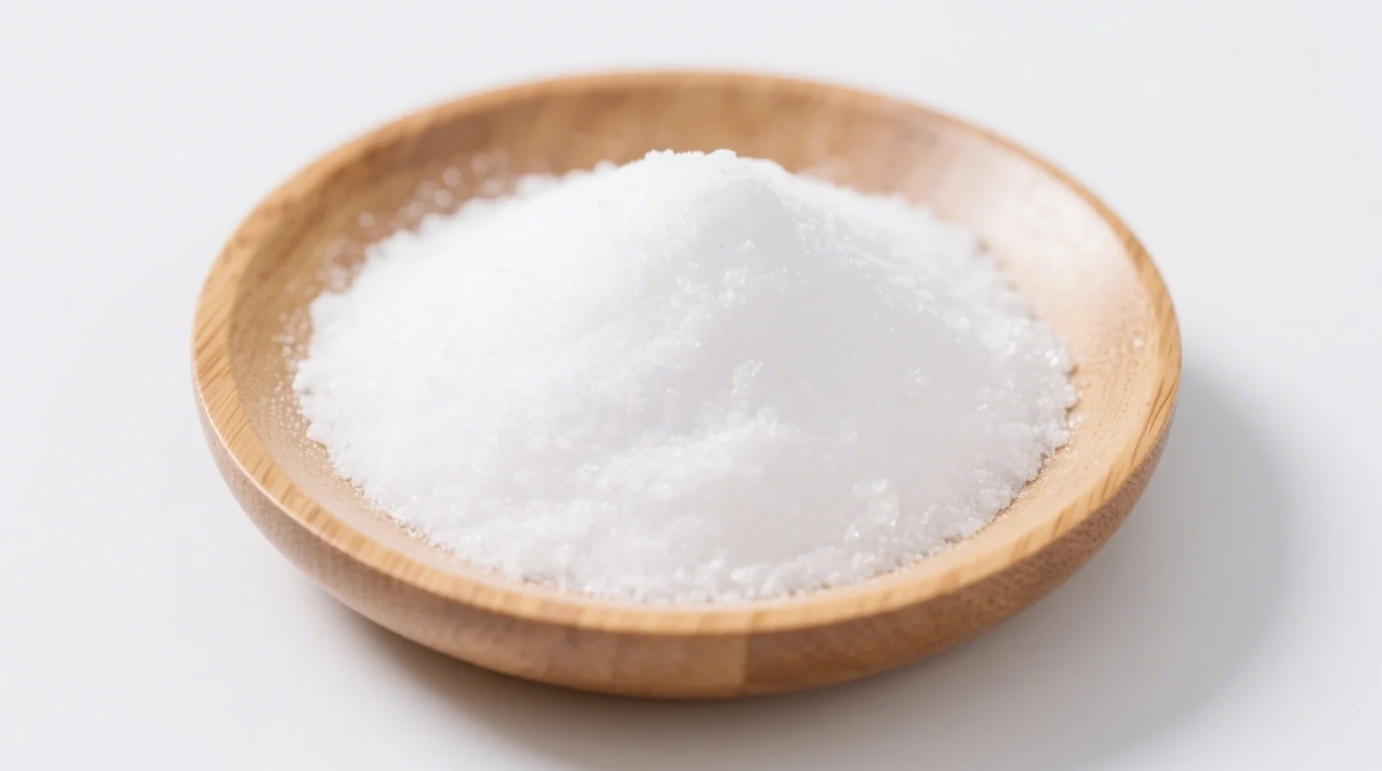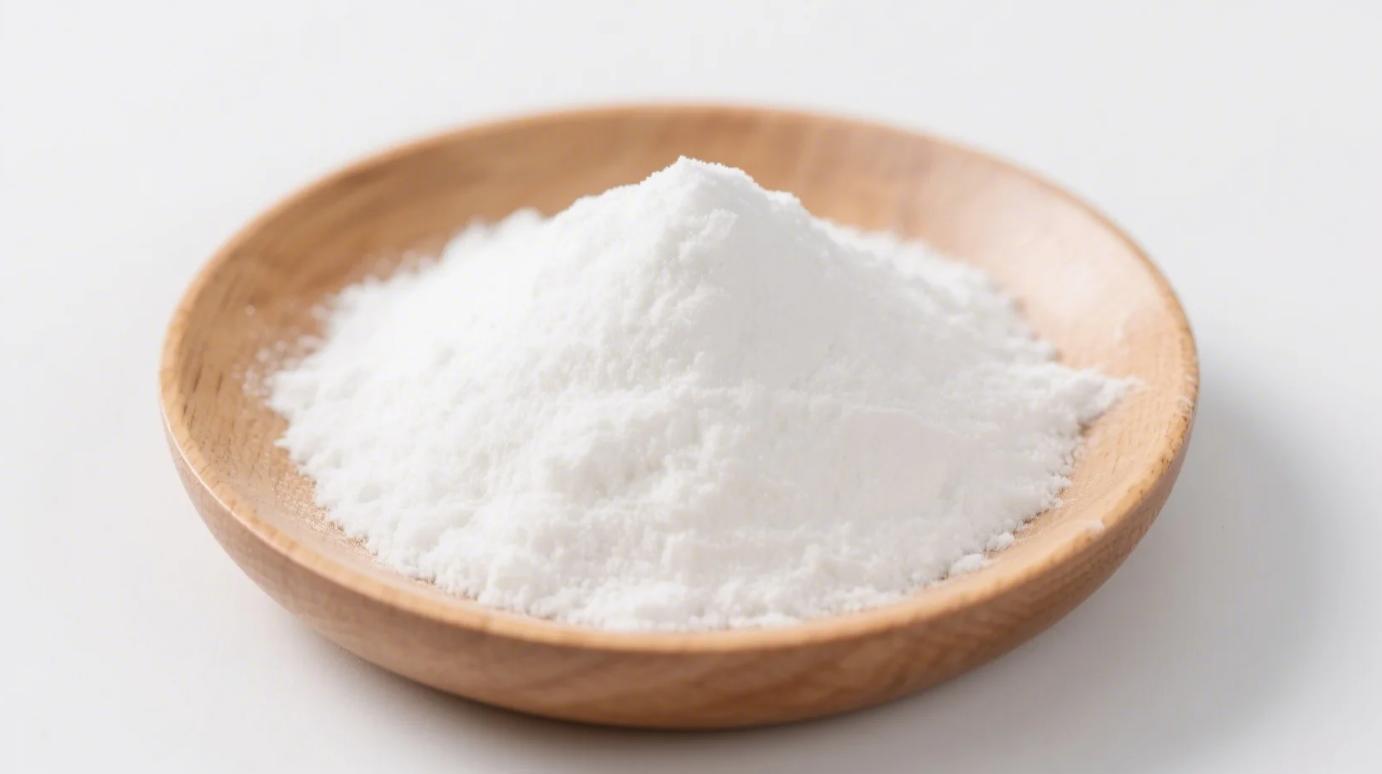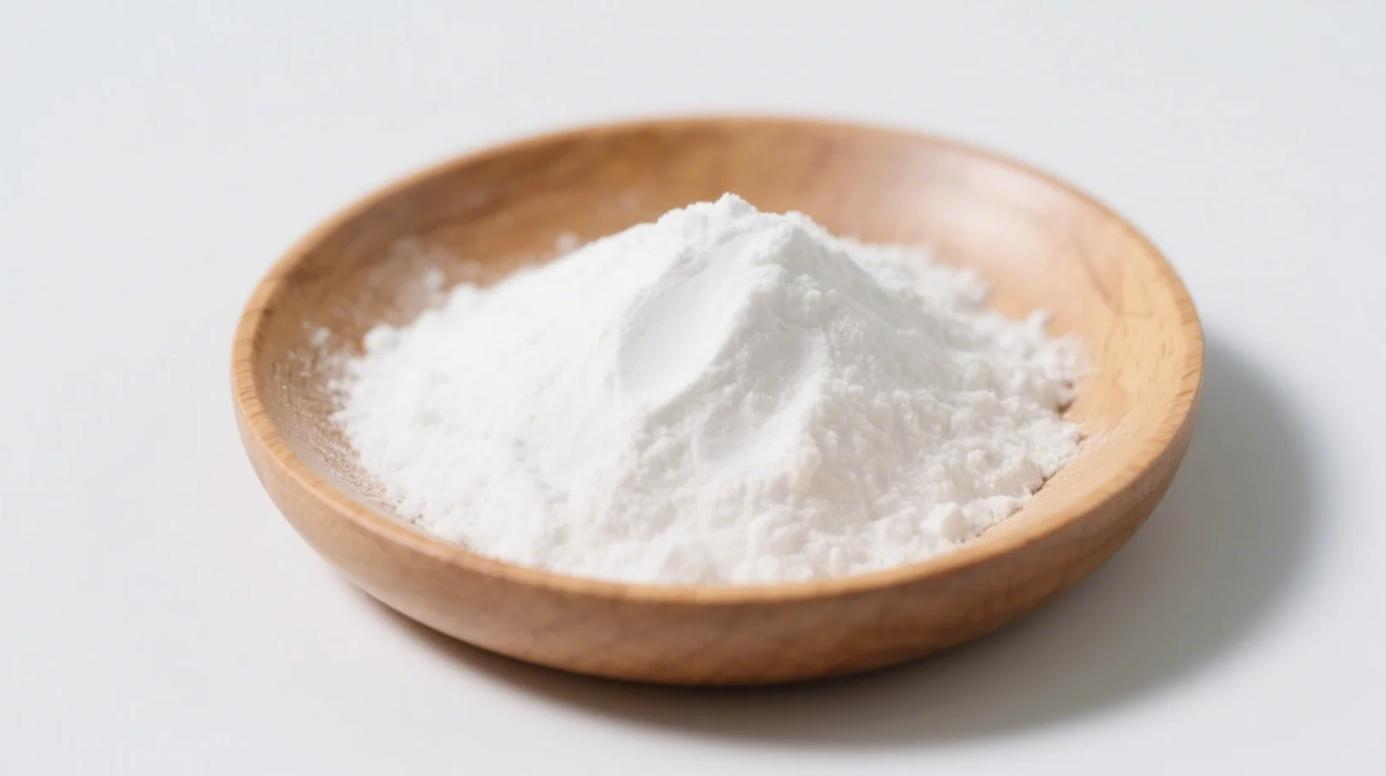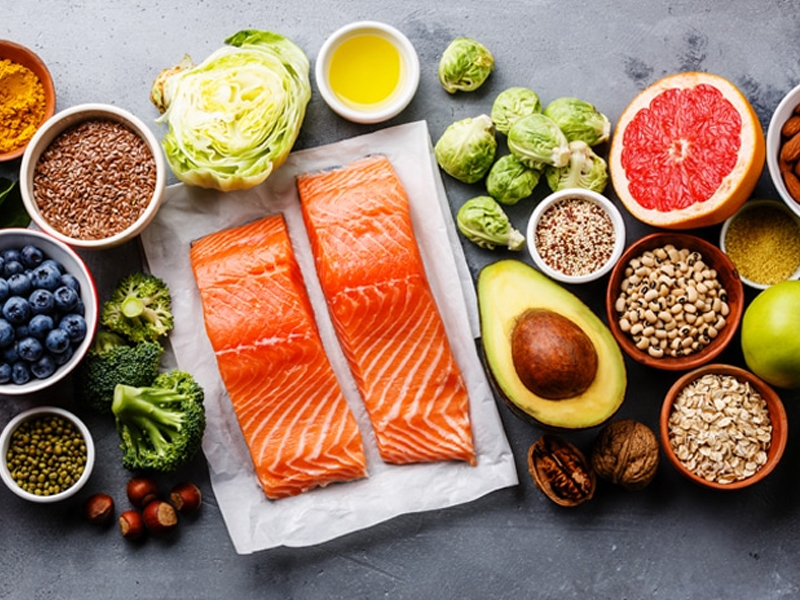Let’s face it: We’ve all fallen for those puppy-dog eyes begging for a bite of our snack. But when it comes to human supplements like organic fructooligosaccharide (FOS) powder and syrup, the stakes are higher. I learned this the hard way after my golden retriever, Max, scarfed down a spilled bag of FOS powder. Cue frantic Googling and a call to the vet. Turns out, FOS isn’t just a trendy prebiotic—it’s a gut-health powerhouse for dogs, but only if used right. Here’s the no-fluff breakdown.
What Are Fructooligosaccharides (FOS)?
FOS are natural sugars found in bananas, garlic, and chicory root. They’re a type of prebiotic fiber that feeds good gut bacteria (like Bifidobacterium) while ignoring harmful ones. Organic FOS powder and syrup are concentrated, chemical-free versions used in pet foods and supplements.
But here’s the catch: Dogs process FOS differently than humans. What’s safe for us might upset their tummies.
The Good: 3 Science-Backed Benefits for Dogs
- Gut Health MVP
A 2022 study in Veterinary Sciences found FOS boosted healthy gut bacteria by 40% in dogs with chronic diarrhea. Max’s vet recommended FOS powder after his antibiotic-induced gut chaos—it worked better than pumpkin. - Immunity Boost
70% of a dog’s immune system lives in their gut. FOS strengthens the gut lining, reducing allergies and skin issues. My friend’s bulldog with eczema saw fewer flare-ups after adding FOS syrup to his meals. - Weight Management
FOS is low-calorie and keeps dogs feeling full. Ideal for chonky Labs prone to begging.
The Bad: When FOS Backfires
Red Flags to Watch:
- Gas & Bloating: Small dogs (under 20 lbs) are more sensitive. Start with ¼ the dose.
- Loose Stools: Over 1g FOS per 10 lbs of body weight can cause diarrhea.
- Diabetes Risk?
FOS has a minimal glycemic impact, but dogs with pancreatitis or diabetes should consult a vet first.
Organic FOS Powder vs. Syrup: Which Is Safer?
| Factor | Organic FOS Powder | Organic FOS Syrup |
|---|---|---|
| Best For | Mixing into dry food or homemade treats | Adding to wet food or water |
| Dosing Control | Precise (use a kitchen scale) | Easier to overdo (sticky mess alert!) |
| Storage | Shelf-stable | Requires refrigeration after opening |
| Risk Level | Lower (if measured carefully) | Higher (palatability = overconsumption) |
Pro Tip: Avoid flavored FOS syrups—added sweeteners like xylitol are toxic to dogs.
Who Should Never Give FOS to Their Dog?
- Puppies Under 6 Months: Their gut flora is still developing.
- Dogs with SIBO (Small Intestinal Bacterial Overgrowth): FOS feeds all bacteria, including the bad ones.
- Post-Surgery Pets: Risk of bloating or intestinal blockages.
Safe Dosing Guide
- Small Dogs (5-20 lbs): 0.25g FOS daily (a pinch of powder or ¼ tsp syrup).
- Medium Dogs (21-50 lbs): 0.5g FOS daily (½ tsp syrup).
- Large Dogs (50+ lbs): 1g FOS daily (1 tsp syrup or ¼ tsp powder).
Always:
- Introduce FOS gradually over 7 days.
- Provide fresh water (FOS absorbs moisture).
- Monitor poop texture—ideal is a firm, log-like stool.
FOS vs. Other Prebiotics: What’s Best for Your Dog?
- Inulin: Harsher on sensitive stomachs.
- Mannan-Oligosaccharides (MOS): Binds toxins but doesn’t feed bacteria.
- FOS: Gentle, promotes bacterial diversity. Winner for most dogs.
Vet-Verified Recipe: DIY FOS Dog Treats
Ingredients:
- 1 cup oat flour
- ½ cup pure pumpkin puree
- 1 tsp organic FOS powder
- ¼ cup water
Steps:
- Mix ingredients, roll into balls, bake at 350°F for 15 mins.
- Cool and store in the fridge. Max’s rating: 10/10 tail wags.
The Final Woof
Organic fructooligosaccharides (FOS) are generally safe for dogs in controlled doses—think of them as a probiotic sidekick, not a main act. But like any supplement, they’re not risk-free. Always consult your vet, start small, and keep an eye on the poop patrol.
When used wisely, FOS can turn your dog’s gut into a thriving ecosystem. Just don’t let them near the syrup bottle unsupervised.
Related Products
Organic Xylitol
Natural Sugar Alcohol for Tooth-Friendly, Low-Glycemic Formulations
Organic Fructooligosaccharides
Premium Prebiotic Fiber for Gut Health, Functional Foods & Dietary Supplements
Organic Inulin
Premium Prebiotic Fiber for Nutraceuticals, Food & Beverage Industries




